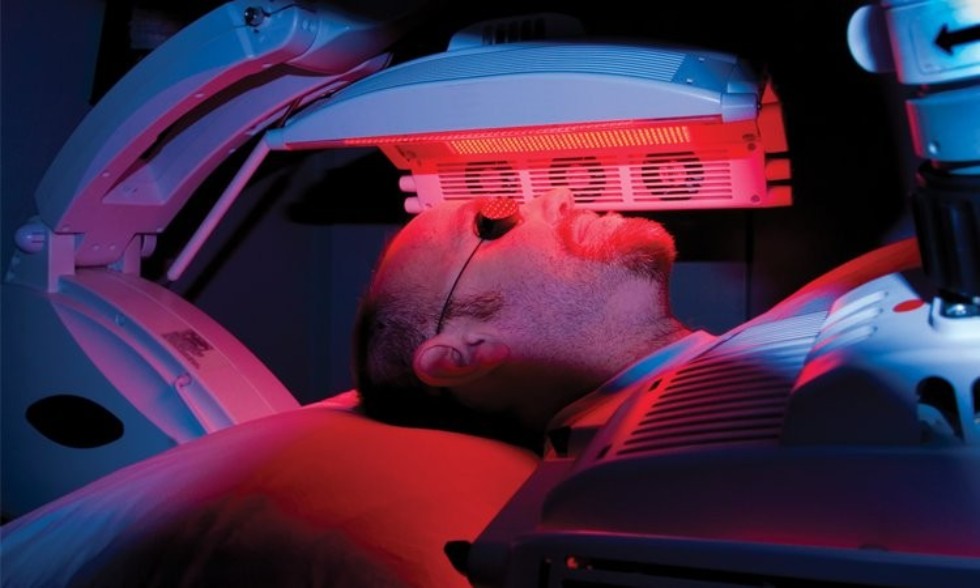Photodynamic therapy used to treat ovarian cancer

A paper by Kazan Federal University appeared in BioNanoScience.
As co-author, Research Associate Ayrat Bilyalov explains, the work on photodynamic therapy has been ongoing for 5 years. The group comprises medical professionals from Kazan Federal University and Medical Center of the Presidential Administration of Kazakhstan.
Photodynamic therapy (PDT) is one of the most promising methods of treating localized tumors. PDT can be used for treatment in almost all major locations as an independent method or in combination with traditional types of treatment (surgery, radiation, and chemotherapy). Depending on the stage, nature and form of tumor growth, various laser irradiation options have been developed to increase the effectiveness of photodynamic therapy.
The method is based on the introduction of photosensitizers into the patient's body that selectively accumulate in the tumor tissue. The main idea of this method is to produce singlet oxygen and other active radicals to destroy tumor cells.
In addition to the direct phototoxic effect on tumor cells, in photodynamic therapy, an important role in the destruction mechanism is also played by a reduction in the blood supply to the tumor tissue caused by damage to the endothelium and blood vessel thrombosis, and cytokine reactions caused by stimulation of the production of tumor necrosis factor, interleukins, activation of macrophages and leukocytes.
The results of clinical and preclinical trials prove that PDT can be used in many types and localizations of tumors.
A quarter of a century has passed since the beginning of widespread clinical use of photodynamic therapy in Russia, but clear and unambiguous treatment recommendations are not yet available. Limited possibilities of using photodynamic therapy as a part of high-tech medical care program and high costs of photosensitizers in most cases are the obstacles to the full implementation of the method in cancer centers.
A potential direction for the development of this technique is the search for new photosensitizers and the expansion of indications for the use of PDT. A patent for fluorescent diagnostics of parathyroid tumors has already been obtained, and clinical trials are planned to study the effectiveness of PDT in a number of new locations of malignant tumors (bladder cancer, primary and metastatic liver cancer, localized and disseminated melanoma, etc.).
Photodynamic Therapy as Alternative Method of Treatment of Metastatic Ovarian Cancer with Many Recurrence: Case Report
https://link.springer.com/article/10.1007%2Fs12668-020-00749-7
Source text: Ayrat Bilyalov, Yury Nurmeev
Photo: osa-opn.org